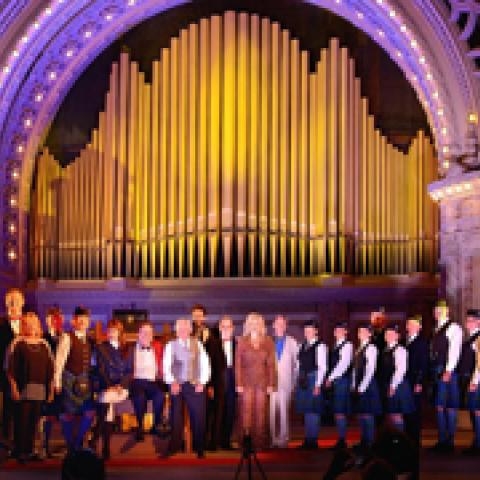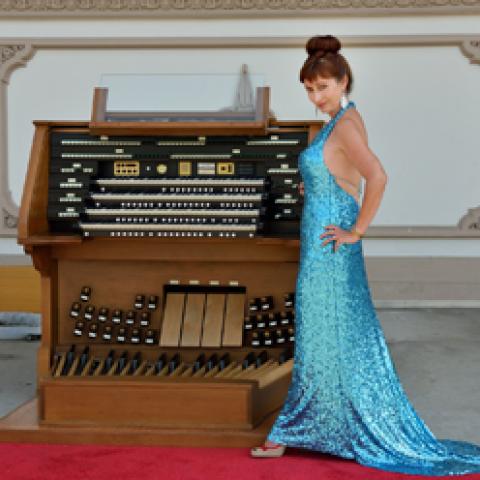Host Facility
Spreckels Organ Society
Location
Spreckels Organ Pavillion, Pan American Rd E, San Diego, CA, United States
Time
7pm - 9:30pm
Centennial Concert
Balboa Park celebrates its Centennial Celebration beginning with a Grand Processional march down the Prado led by bagpipers. This once-in-a-lifetime event will celebrate the 100th anniversary of the concert that dedicated the Spreckels Organ to San Diego and launched the 1915 Panama-California Exposition. Civic Organist Dr. Carol Williams has assembled musicians and singers to represent past and present for this never-to-be-forgotten occasion!




